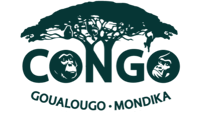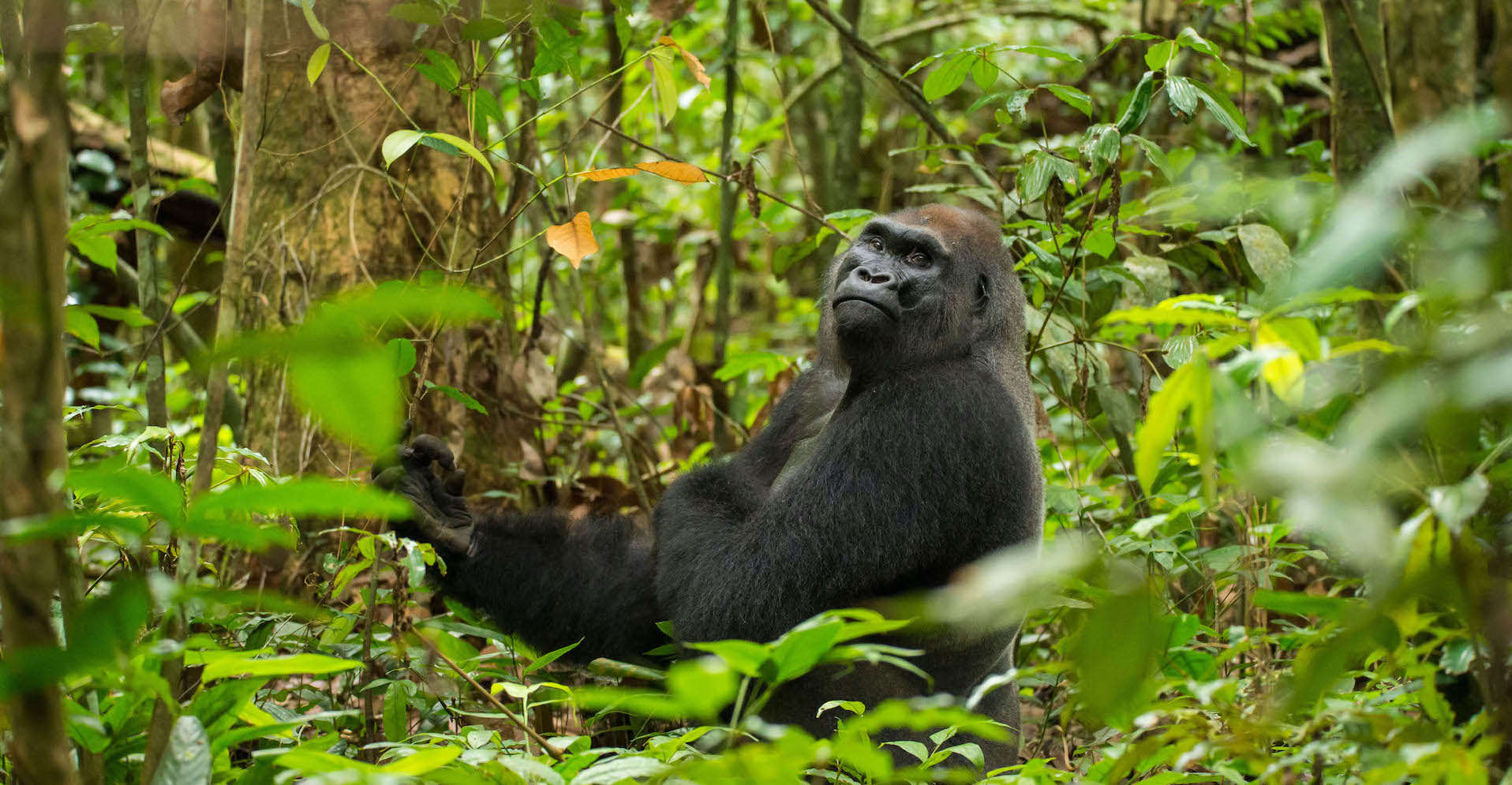
About GTAP
Vision
We work to foster a world in which apes and their ecosystems thrive in perpetuity and future generations are inspired to preserve them.
Mission
Founded with the aim of preserving wildlife in the Congo Basin, we study the apes, the ecosystems, and the forces that threaten their survival.
Values
- Rigorous
- Professional
- Compassionate
- Collaborative
- Inclusive
- Visionary


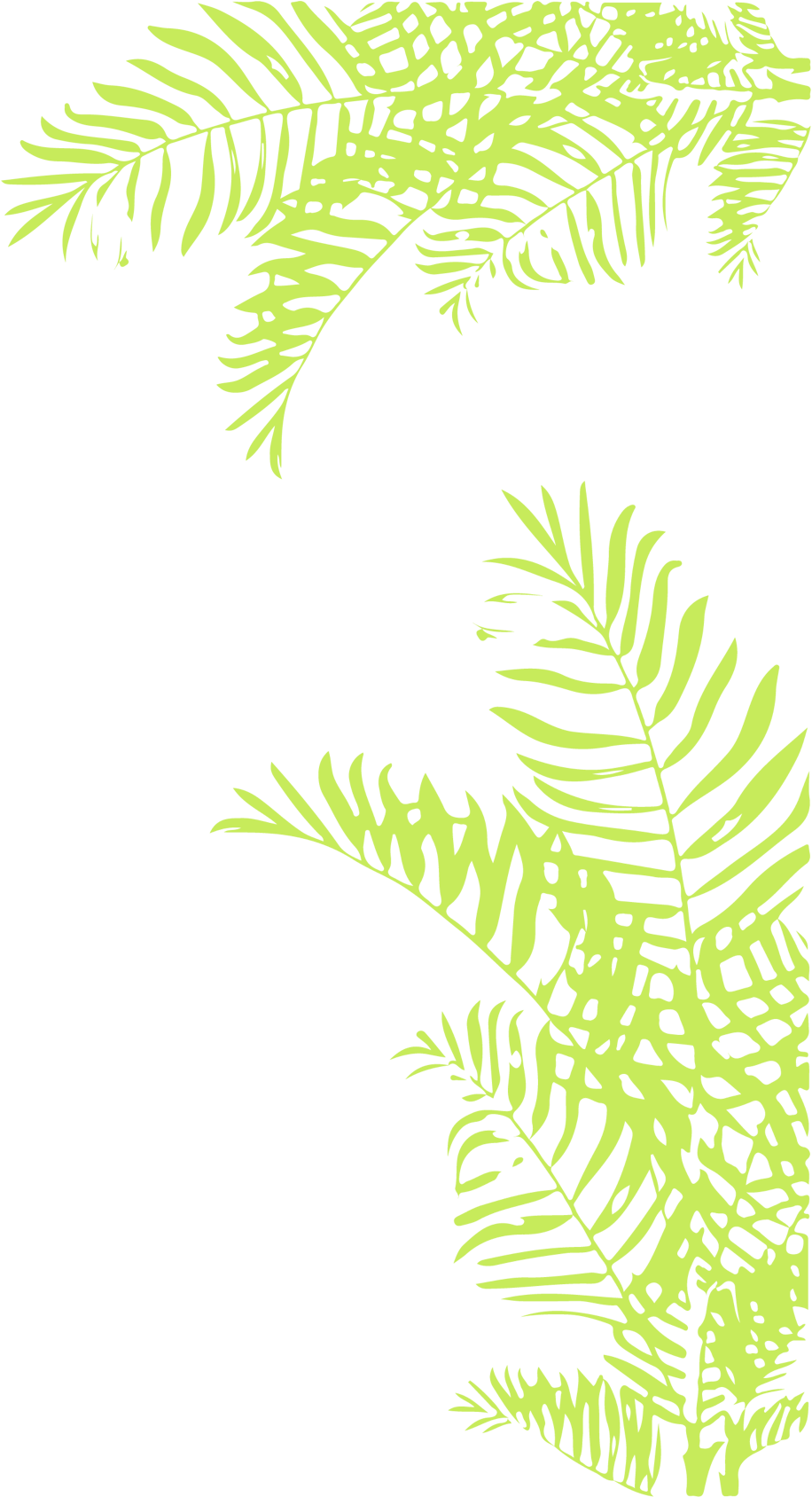
Goals
Deepen our understanding of zoonotic and anthropogenic health risks to gorillas and chimpanzees through daily behavioral monitoring and sample collection.
Establish, maintain and measure botanical plots in logged and unlogged areas to assess anthropogenic disturbance
Conduct direct observations of gorillas and chimpanzees to determine their resource needs and use this to inform conservation policies
Evaluate the impact of logging on ape abundance by analyzing timber inventory data and satellite imagery
Monitor the phenological status of important food resources to understand the dynamic nature of pristine areas
Engage in policy discussion with regional stakeholders, industry, NGOs and governmental agencies that influence conservation action

Our Story
The Goualougo Triangle Ape Project is directed by its co-founders David Morgan and Crickette Sanz. It was initiated in 1999 in response to the growing threat that the remote forests of the Goualougo Triangle would be selectively logged. Originally, this area was not included within the National Park but remained in the Kabo logging concession. The Goualougo Triangle was annexed to the National Park on January 20, 2012.
The remote forest of the Goualougo Triangle was first explored by WCS conservationist Dr. Michael Fay when he conducted a reconnaissance mission in the region. The most notable observations were the lack of human sign in the area and the abundance of wildlife. There were significant numbers of large trees and wildlife like elephants and gorillas that were completely naïve of humans. This mission and observations led to the initiation of the Ndoki Project which resulted in the creation of the Nouabalé-Ndoki National Park in 1993 by the Congolese government and WCS. However, the National Park was created without inclusion of the Goualougo Triangle and the long term protection of the apes in this region remained uncertain for two decades.
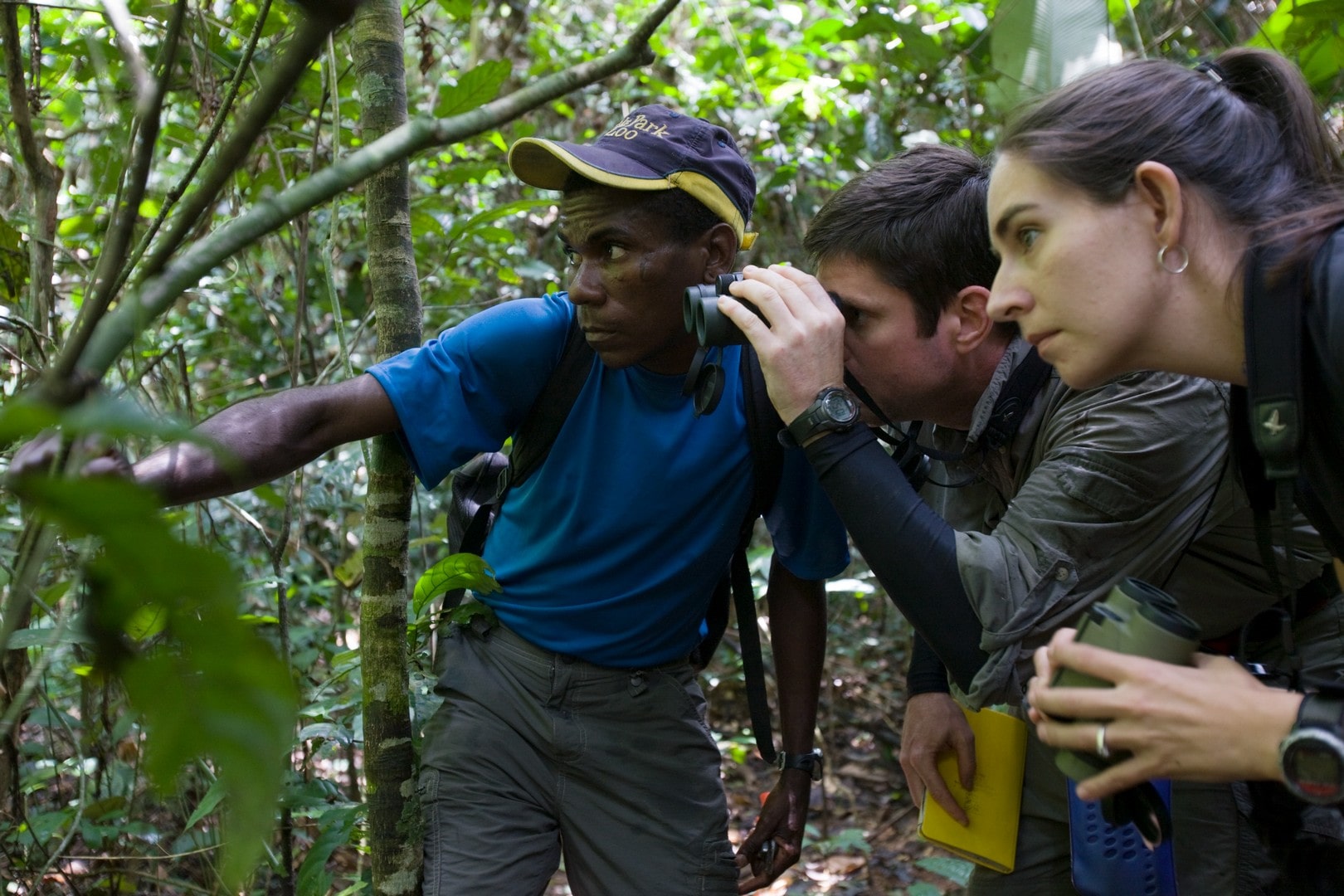
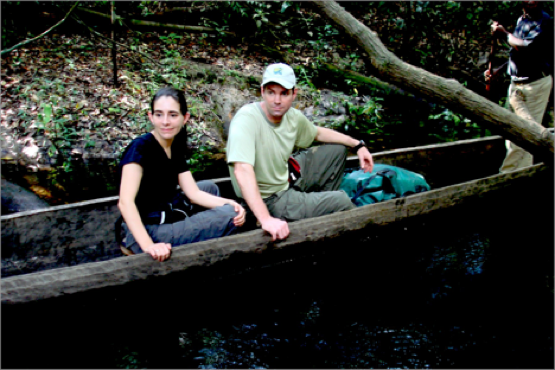
Discussions among the Congolese Government, the Wildlife Conservation Society, and the local logging company Congolaise Industrielle du Bois (CIB) were focused on sparing the intact forests of the Goualougo Triangle from timber exploitation. After several years of debate, a flexible land use planning approach resulted in an agreement that recognized the biological value of the Goualougo Triangle and recommended that it should be maintained in its pristine state via formal protection. However, obtaining official protected status was a long-term process. In 2003, a positive step towards protection occurred when the Congolese government announced that the Goualougo Triangle, comprising 25,000 ha of pristine forest, would be officially annexed to the National Park. While this proclamation received a great deal of public attention, the area would remain unprotected for another nine years. The official decree from the President of the Republic of Congo modifying boundaries of the NNNP to include the Goualougo Triangle occurred in 2012.
